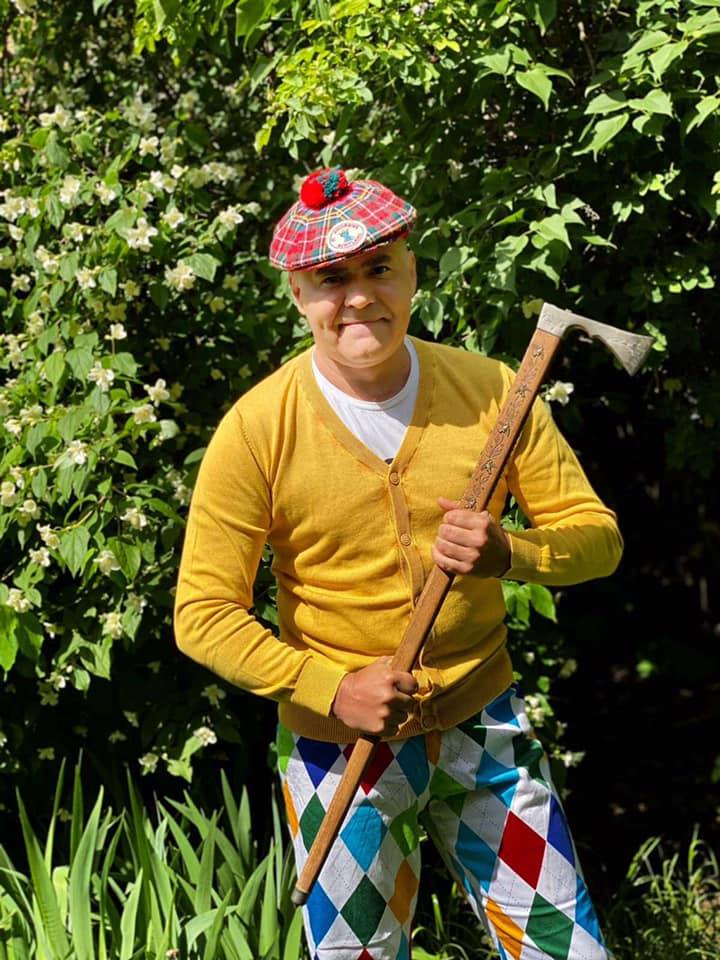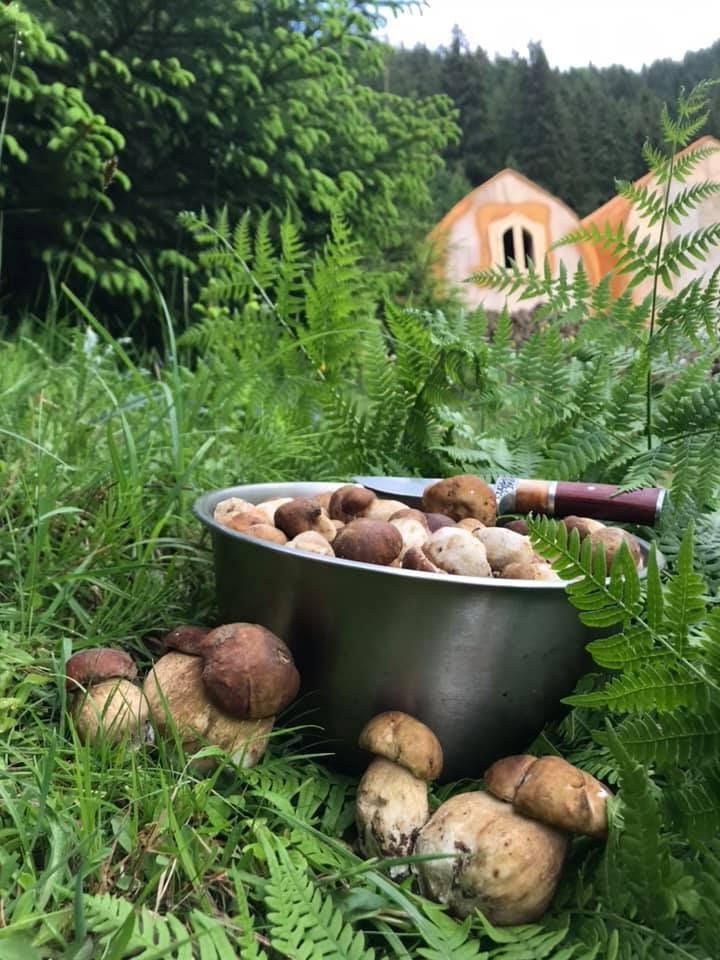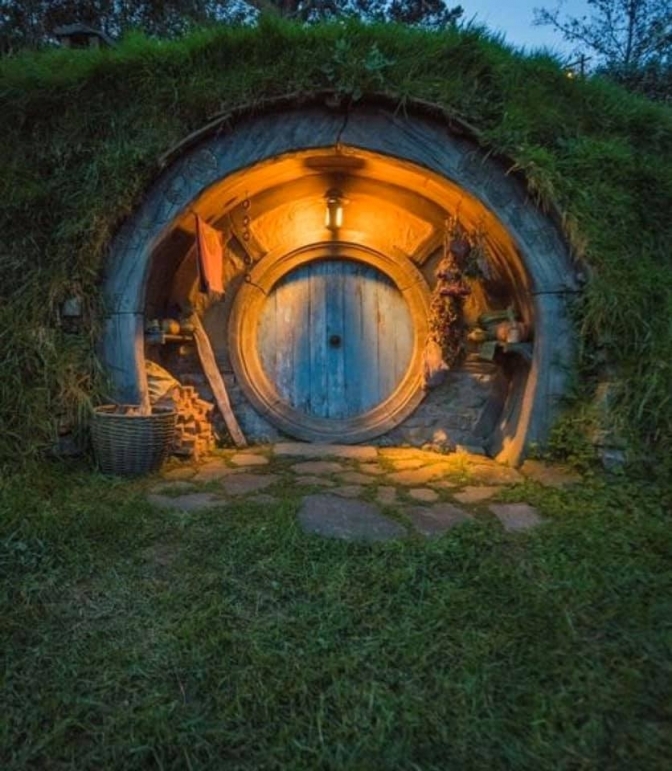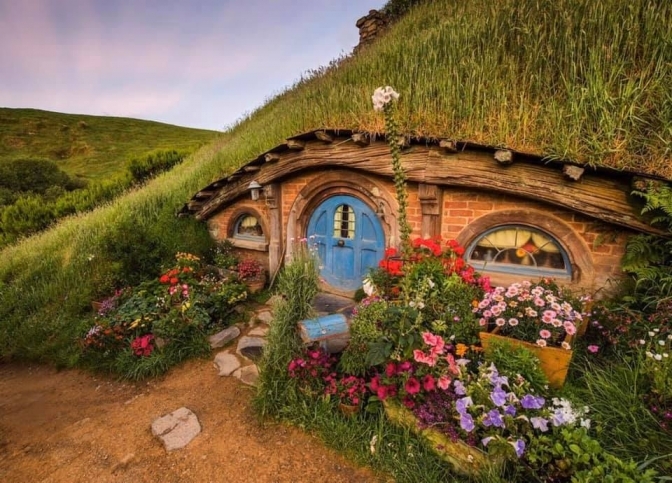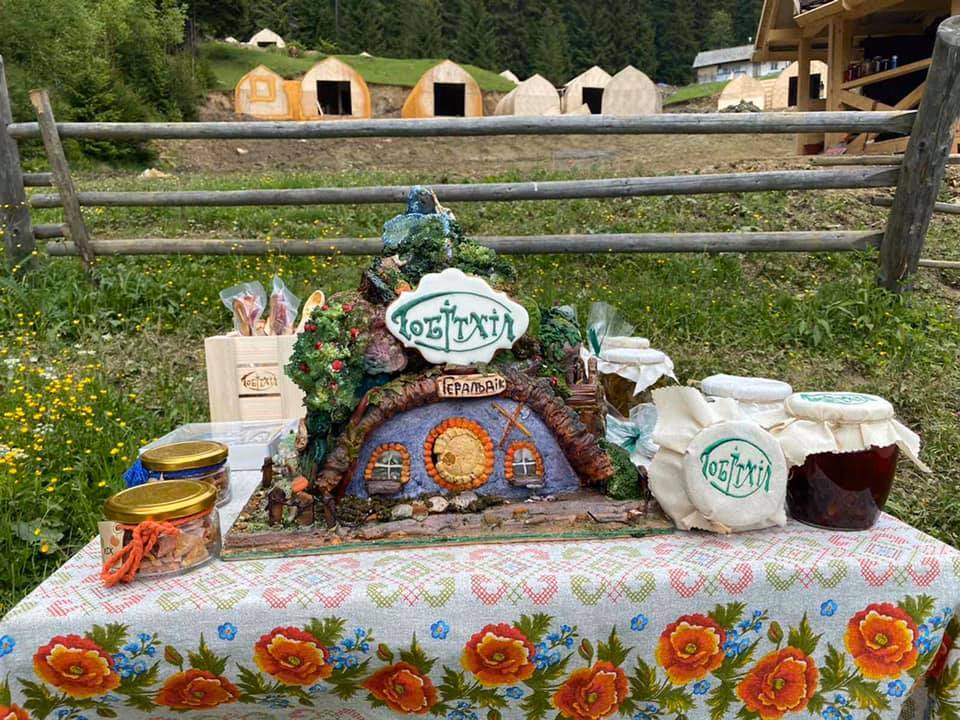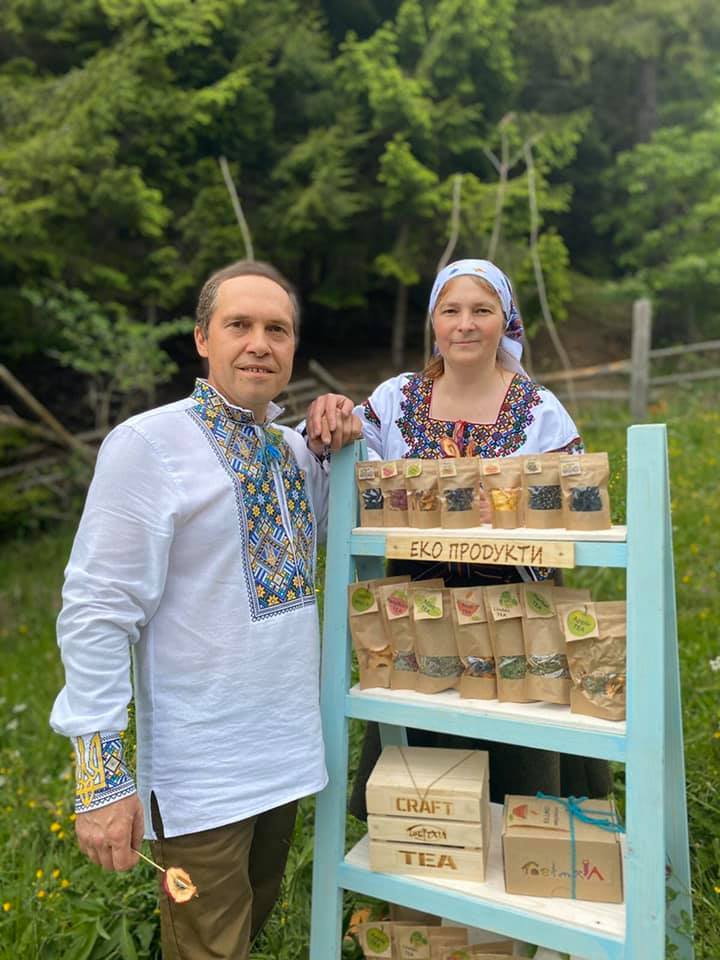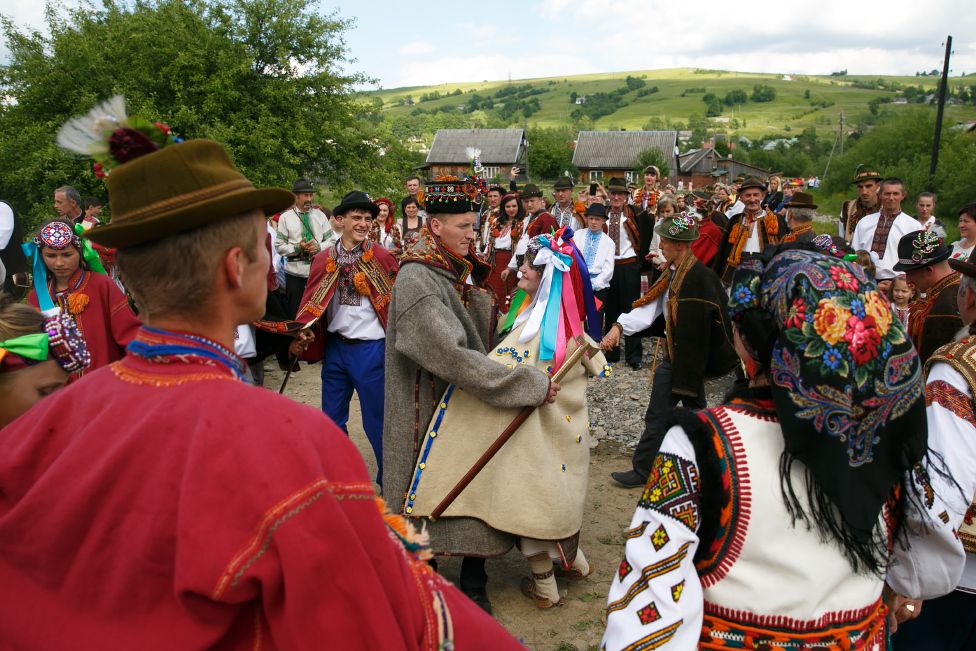Andriy Boiechko, a journalist and volunteer based in Kyiv, set forth to create an innovative and authentic village located in the Ukrainian Carpathians. This emerging village, called Hobbithill, will consist of 20 small Hobbit houses built in the ground and covered by grass, as seen in New Zealand’s famous Hobbiton from the iconic film, The Lord of The Rings. Hobbithill will include Hutsulian (Carpathian) traditions, traditional crafts, and a unique cultural experience that visitors can have for themselves. Additionally, Hobbithill will include modern eco-friendly technologies and all the amenities of contemporary civilization.
“We go back for a thousand years, to history, taking with us modern knowledge and inventions of mankind. Our water cleaning systems, water, and electricity supply are the most modern. We have a high-speed internet and energy-saving system,” explains the founder of the village Andriy Boiechko.
A small country on 5 hectares
Ukraine's Hobbithill will likely resemble New Zealand's famous Hobbiton (pictured above)
Hobbithill is much more than just an ambitious project to create a set of beautiful houses for tourists. According to the founder of the project, Hobbithill will operate like a small country, having its own government, currency, and customs. This small “country” even drafted a Constitution and Declaration of Independence from orks, which of course entirely complies with Ukrainian legislation as well. Yet, Hobbithill adds additional rules that all dwellers must follow while visiting. Firstly, there are ecological rules in the Carpathians which every “citizen” will have to obey. As an environmentally clean place for living and resting, Hobbithill also produces ecological tea, honey, and berries. According to Boiechko, “Our main task is to pull children out from the internet towards nature.” In order to fulfill this goal, potters, blacksmiths, and carvers in Hobbithill will teach children their crafts.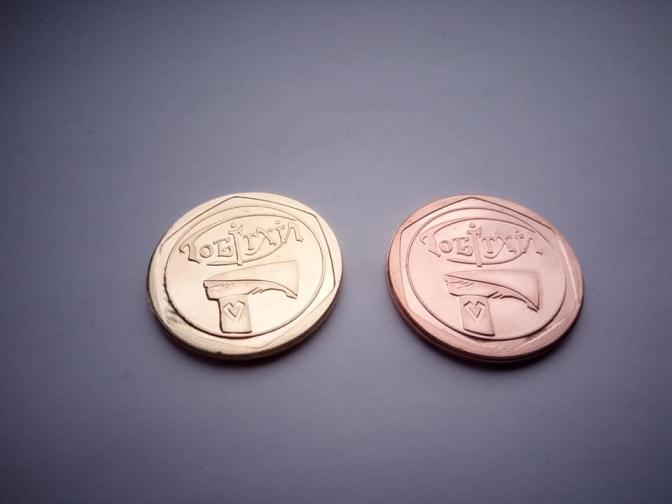
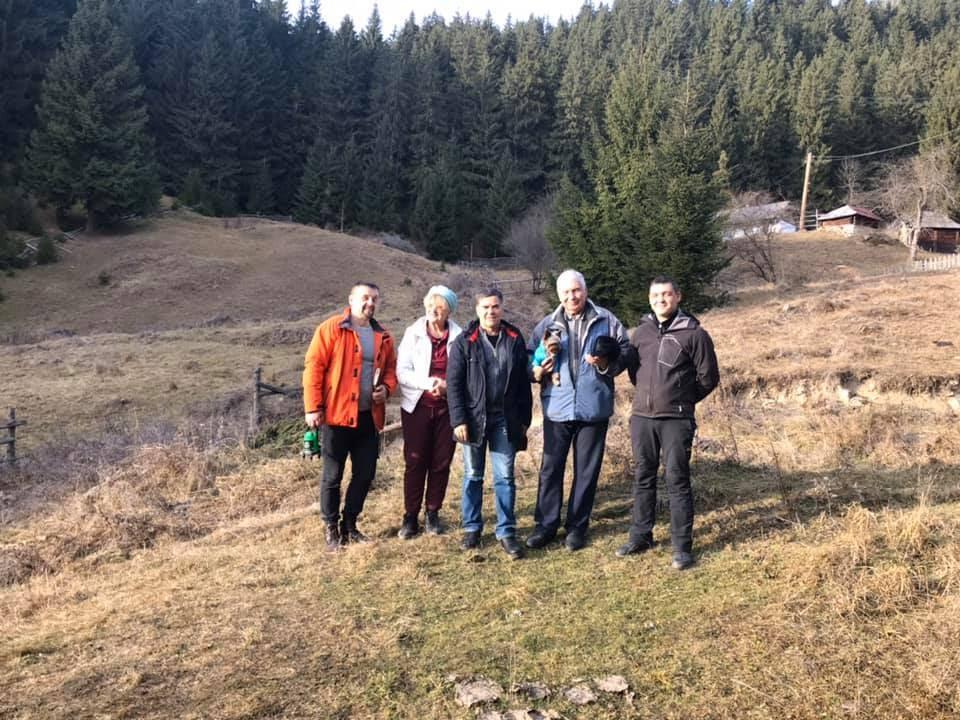
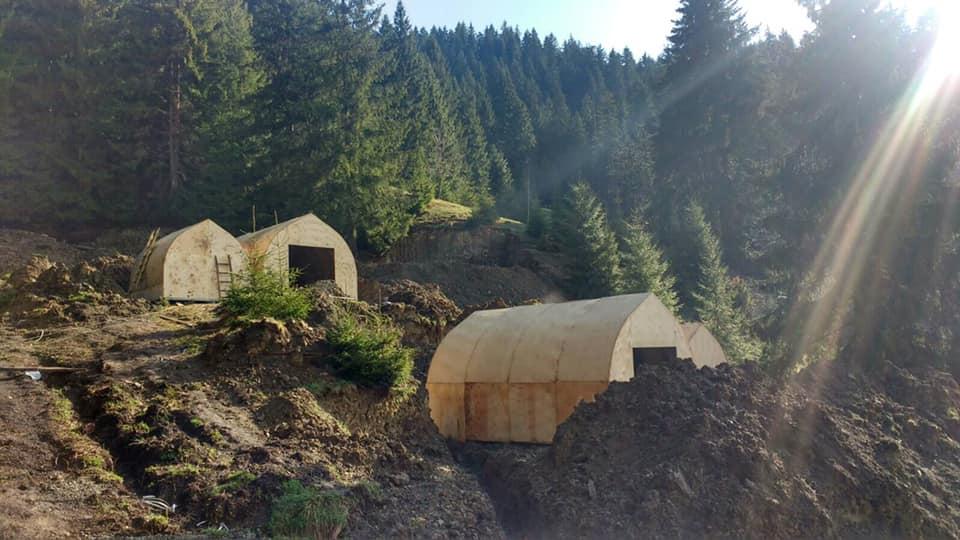


Current state and opening
Oleksa Zodchyi, the head architect of Hobbithill, explains that the frame of time for construction of the hobbit house takes approximately 2-3 days. All preparatory work is already completed in the factory, allowing for the building process to be limited to assembling separate parts on site. Following the assembly of the structure, the next step in the building process is to add thermal and hydro insulation. Finally, the hobbit house is covered by ground and decorations. Despite the short time frame from start to finish, these final steps take the most effort and time."Fresh air will be supplied through an underground recuperator," Boiechko explains the ancient-modern system of ventilation used in hobbit houses. "We do this in the ancient Hutsul way, when the air from the street passes through underground communications and enters the room with the temperature of the soil. That means, in winter the frosty air is heated to 5-8 degrees by the ground, and in summer the hot air is cooled to the same temperature. Therefore, in winter we have heating from the ground, and in summer - air conditioning.

“It will not be a sham cinema settlement, but a real, ecological, modern, energy-saving, fabulous town. There will be houses of Hutsul hobbits, sheep and cows grazing, a clean stream with fish, and Carpathian bees will conjure up miraculous mountain honey. The only dominant religion of the Hobbithill is love for Ukraine, preservation and reproduction of the traditions of the inhabitants of the Carpathian Mountains and faith in the good,” says Boiechko.
